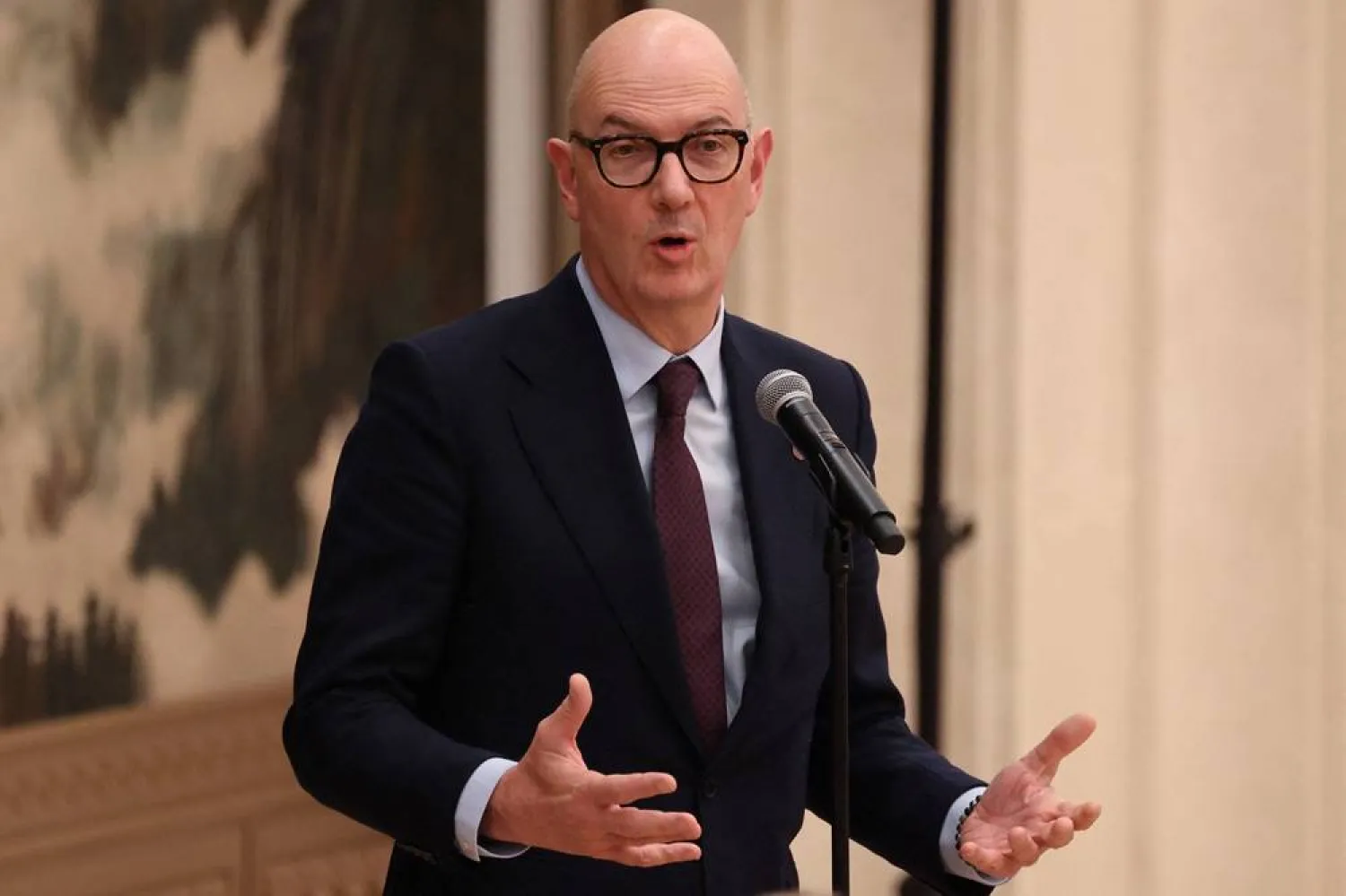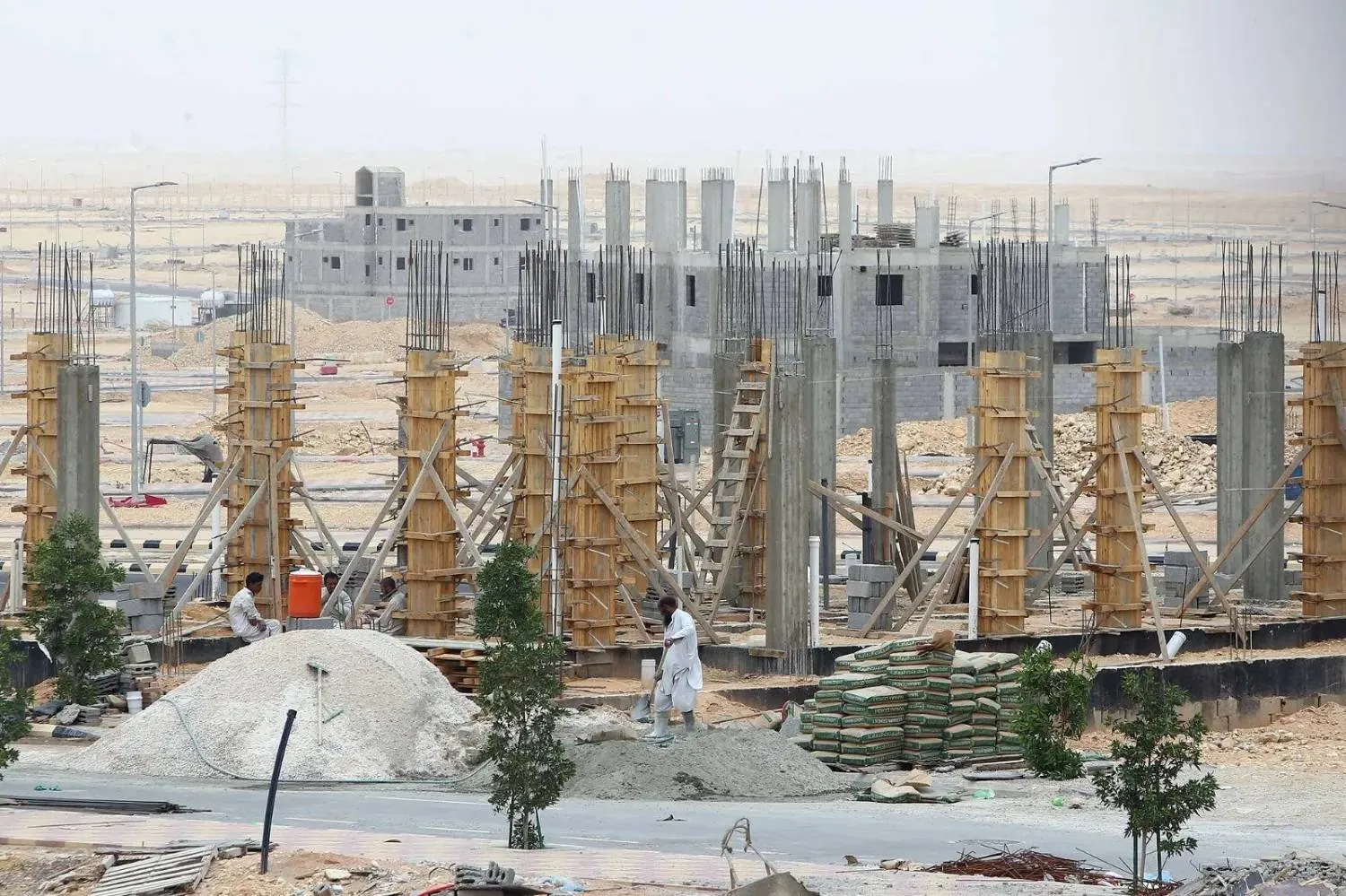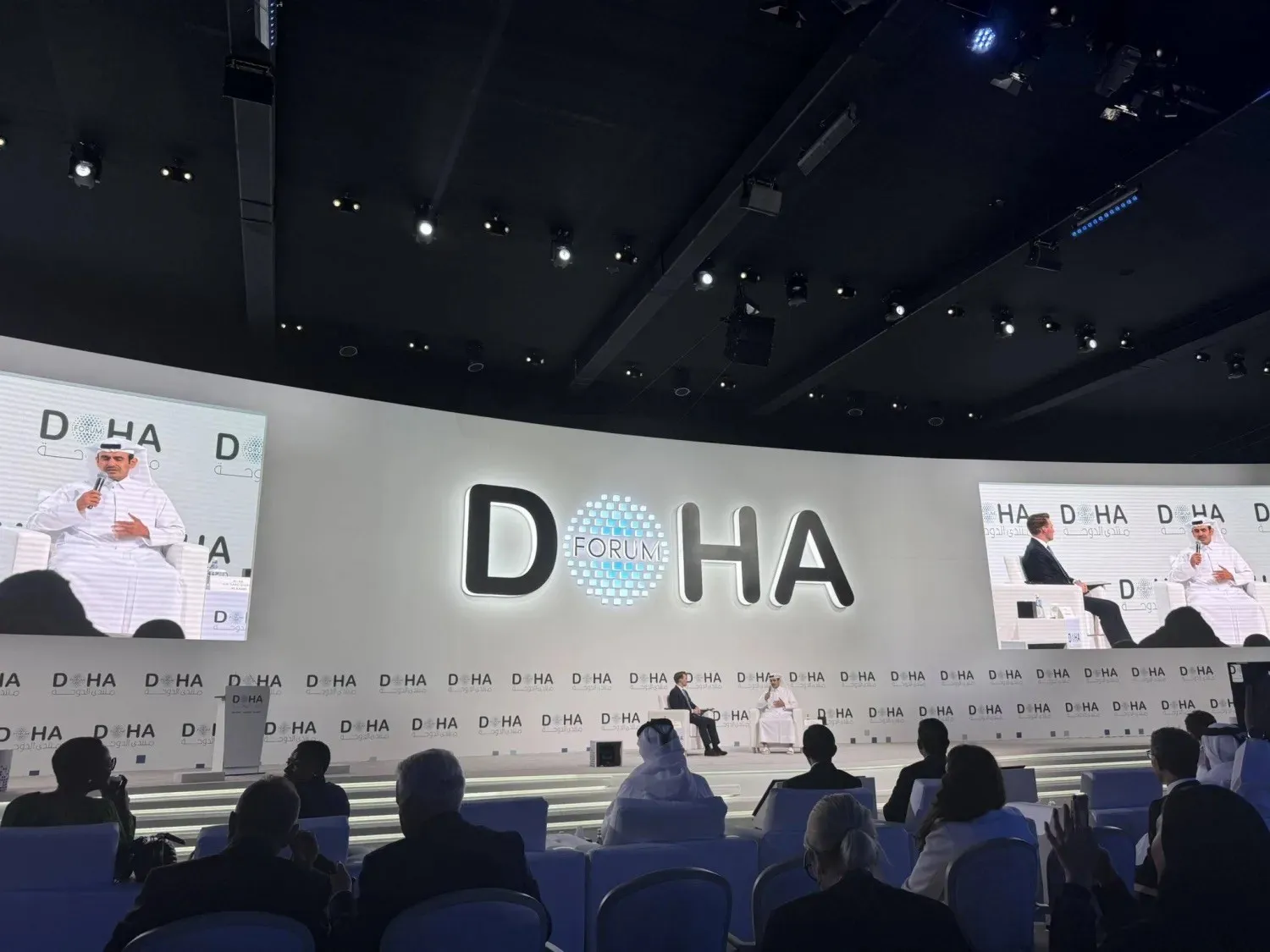Prince Mohammed bin Salman, Saudi Crown Prince and Prime Minister, said on Tuesday the preliminary statement for the 2025 state budget emphasized the continued enhancement of spending directed toward essential services for citizens and residents, as well as the implementation of strategic projects. He also stressed the focus on supporting economic growth and achieving sustainable development.
He made his remarks at a weekly cabinet meeting that discussed the latest developments in the region and the world, as well as the outcomes of regional and international meetings held in this regard.
The preliminary statement for Saudi Arabia's 2025 fiscal year budget projected total expenditures to reach approximately SAR 1.285 trillion, with revenues expected to be around SAR 1.184 trillion, resulting in a deficit of 2.3% of the gross domestic product (GDP).
The statement also highlighted the government's continued adoption of strategic expansionary spending policies aimed at supporting economic diversification and sustainable growth, as well as ongoing borrowing to meet the projected financial needs for 2025.
Experts told Asharq Al-Awsat that budget estimates for 2025 emphasize continued spending on basic services such as education, healthcare, social protection, and developmental projects. This will bolster social welfare programs that directly benefit citizens, as well as support the national economy's growth and resilience.
Dr. Ossama al-Obeidi, expert and professor of commercial law, said the 2025 budget focuses on accelerating the implementation of Vision 2030 projects and programs, while maintaining efforts aimed at ensuring fiscal sustainability, which includes achieving financial surpluses and diversifying revenue sources by continuing to boost non-oil revenues. This reflects the Kingdom's strategic approach to adapting to global economic changes, he underlined.
The budget allocation also includes strengthening the infrastructure of major sectors, creating more job opportunities for citizens, and improving the quality of life for the residents.
Finance Professor at the Imam Mohammad Ibn Saud Islamic University Dr. Mohammed Makni emphasized that the deficit in the 2025 state budget was limited, reaching around $26.9 million. He stressed that the Kingdom will continue its ambitious economic and development reforms, by supporting innovative projects across various sectors as part of Vision 2030.
Regarding the current year, “there is also a slight deficit in the general budget, but non-oil revenues are expected to increase by more than 3 percent,” according to Makni.
He said the main indicators focus on levels of consumer spending, which have been growing in the Kingdom, as well as unemployment indicators in the country, which have been declining in recent periods.
He further noted that the oil sector had been struggling during previous periods due to the policies adopted by OPEC and OPEC+, as well as the voluntary cuts implemented by the Kingdom. However, it is expected to recover between 2025 and 2027.
The Kingdom has adopted a policy of reprioritizing spending and focusing on projects that can be completed more quickly, so they can become a source of support for the national economy in the years leading up to 2030. These policies will also enable both foreign and local investors to expand and achieve their profitability goals.
Makni added that the reforms implemented by the Kingdom have become directly tangible and have led to significant improvements in many sectors at the level of systems and regulations.









